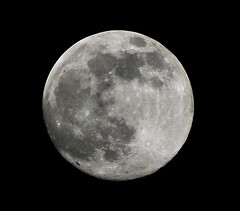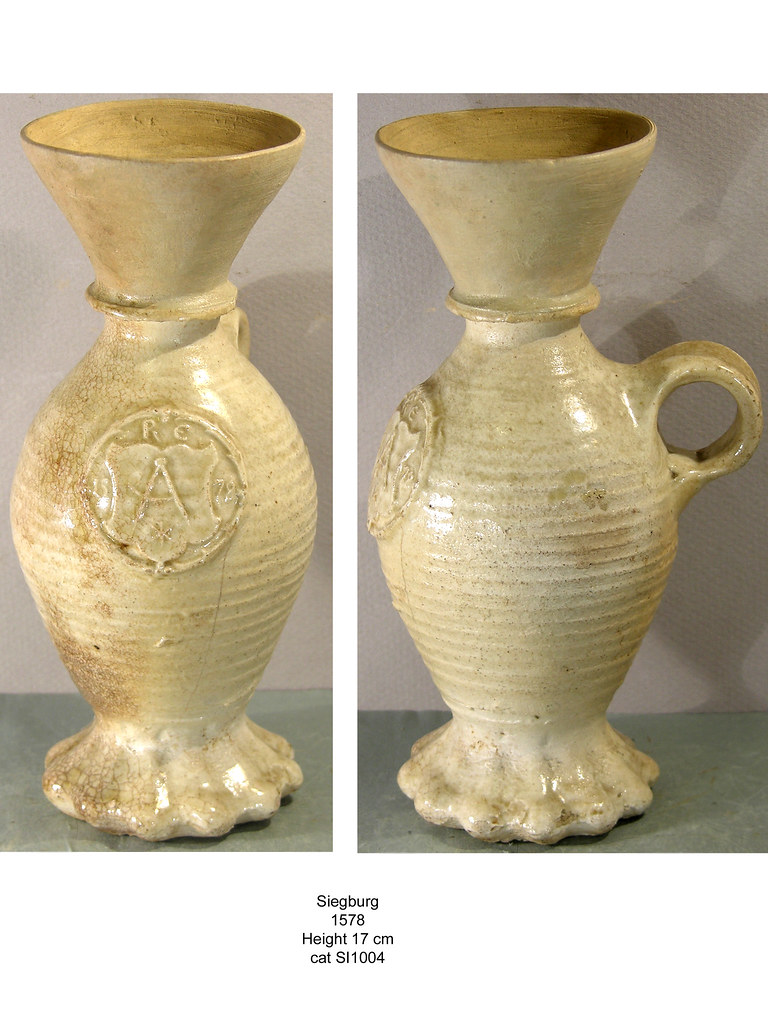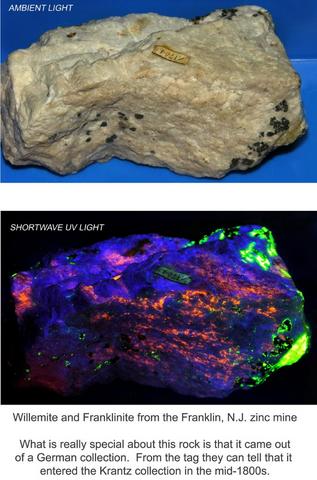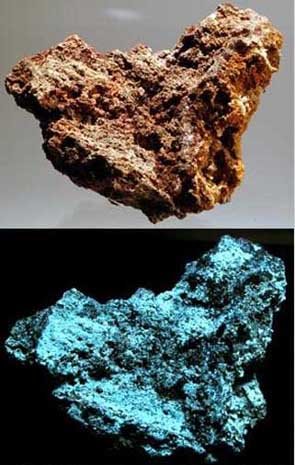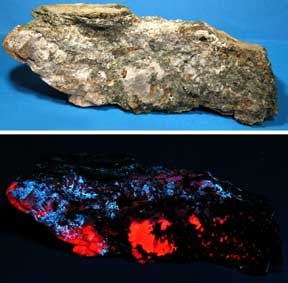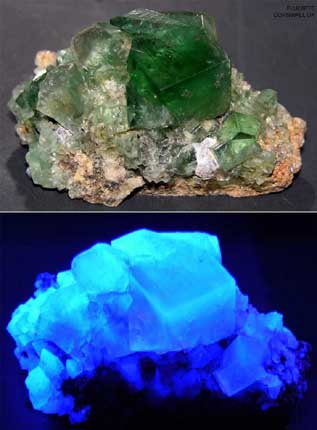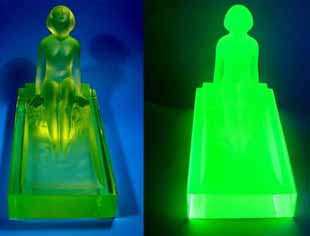New Telescope
I got a new Celestron telescope. It is a refractor type, has a 90 mm objective lens making the light gathering aperture around 3-1/2 inches, and it has a 1,000 mm focal length. In 35 mm SLR film photography equivalents, this is like having a 1,500 mm lens. The Nikon D40 camera body was directly mounted to the telescope, instead of using an eyepiece. This is called prime focus astro photography. The telescope has counterweights, and it has a pretty sturdy tripod too.
-
I have gotten a bit spoiled with the motorized and computer controlled altitude-azmiuth mount on the 90 mm iOptron cassegrain reflector. The only problem is that in telescopes this size and price range, a spy glass (refractor type telescope) provides a little better image of the moon and planets than a reflector telescope does.

-
But manually adjusting the declination and right ascension is sure harder than pushing the buttons down on the motorized control. Especially when you are looking through the camera viewfinder. I used a 6 megapixel Nikon digital SLR to take these two pictures. I felt like a one armed helicopter pilot who needed to scratch his ass. Lots of hands moving around in the dark, trying not to bump anything like the telescope or camera.
This morning at around 4:00 a.m. there was a beautiful moon out here in the high desert of El Paso, Texas. The moon picture was taken at ISO 200 and a shutter speed of 1/125 second.
And the gas giant planet Jupiter was sure showing off her stuff, with her 4 biggest moons being very visible. Jupiter has a diameter eleven times bigger than earth. The mass of this one giant planet is two and one half times greater than the mass of all the other planets combined. It is a lot further away than the moon, so it is dimmer. Since Jupiter is so much dimmer the camera settings needed to be ISO 800 and with a shutter open time of one full second. During PP I used the levels command in photoshop to brighten it up a little.
-
-
-
-
-
-



